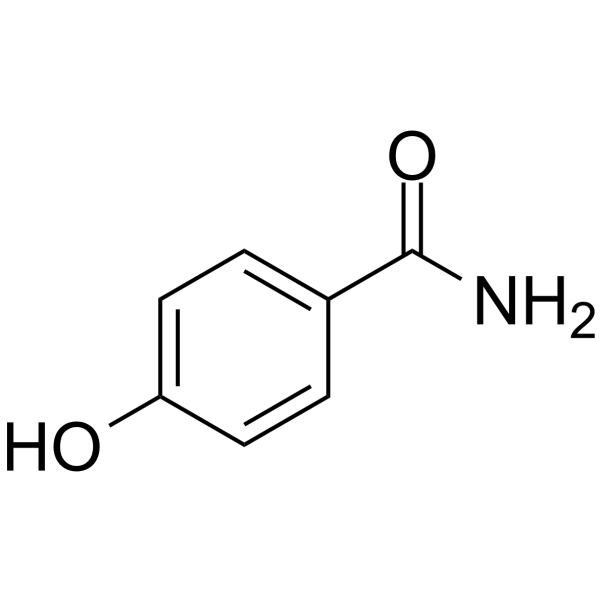Structure-based design of achiral, nonpeptidic hydroxybenzamide as a novel P2/P2' replacement for the symmetry-based HIV protease inhibitors.
R S Randad, L Lubkowska, A M Silva, D M Guerin, S V Gulnik, B Yu, J W Erickson
Index: Bioorg. Med. Chem. 4(9) , 1471-80, (1996)
Full Text: HTML
Abstract
A combination of structure-activity studies, kinetic analysis, X-ray crystallographic analysis, and modeling were employed in the design of a novel series of HIV-1 protease (HIV PR) inhibitors. The crystal structure of a complex of HIV PR with SRSS-2,5-bis[N-(tert-butyloxycarbonyl)amino]-3,4-dihydroxy-1, 6-diphenylhexane (1) delineated a crucial water-mediated hydrogen bond between the tert-butyloxy group of the inhibitor and the amide hydrogen of Asp29 of the enzyme. Achiral, nonpeptidic 2-hydroxyphenylacetamide and 3-hydroxybenzamide groups were modeled as novel P2/P2' ligands to replace the crystallographic water molecules and to provide direct interactions with the NH groups of the Asp29/129 residues. Indeed, the symmetry-based inhibitors 7 and 19, possessing 3-hydroxy and 3-aminobenzamide, respectively, as a P2/P2' ligand, were potent inhibitors of HIV PR. The benzamides were superior in potency to the phenylacetamides and have four fewer rotatable bonds. An X-ray crystal structure of the HIV PR/7 complex at 2.1 A resolution revealed an asymmetric mode of binding, in which the 3-hydroxy group of the benzamide ring makes the predicted interaction with the backbone NH of Asp29 on one side of the active site only. An unexpected hydrogen bond with the Gly148 carbonyl group, resulting from rotation of the aromatic ring out of the amide plane, was observed on the other side. The inhibitory potencies of the benzamide compounds were found to be sensitive to the nature and position of substituents on the benzamide ring, and can be rationalized on the basis of the structure of the HIV PR/7 complex. These results partly confirm our initial hypothesis and suggest that optimal inhibitor designs should satisfy a requirement for providing polar interactions with Asp29 NH, and should minimize the conformational entropy loss on binding by reducing the number of freely rotatable bonds in inhibitors.
Related Compounds
| Structure | Name/CAS No. | Molecular Formula | Articles |
|---|---|---|---|
 |
4-Hydroxybenzamide
CAS:619-57-8 |
C7H7NO2 |
|
Influence of Secondary Interactions on the Structure, Sublim...
2015-08-20 [J. Phys. Chem. B 119 , 10466-77, (2015)] |
|
Synthesis and protein kinase C inhibitory activities of bala...
1997-01-17 [J. Med. Chem. 40(2) , 226-35, (1997)] |
|
Energetics of the O-H bond and of intramolecular hydrogen bo...
2008-10-09 [J. Phys. Chem. A 112(40) , 10029-39, (2008)] |
|
Cocrystal screening of hydroxybenzamides with benzoic acid d...
2014-12-18 [Eur. J. Pharm. Sci. 65 , 56-64, (2014)] |
|
A novel complex of a phenolic derivative with insulin: struc...
1996-08-01 [Protein Sci. 5(8) , 1502-11, (1996)] |